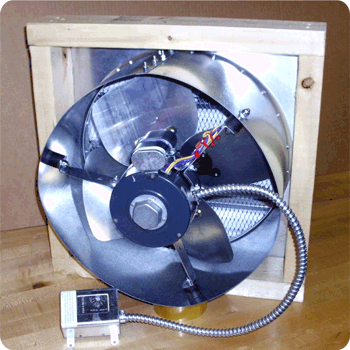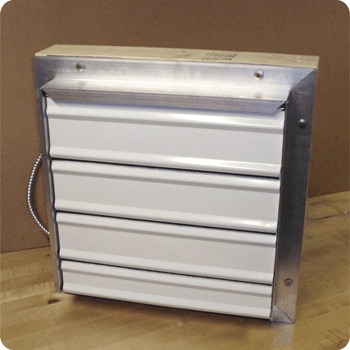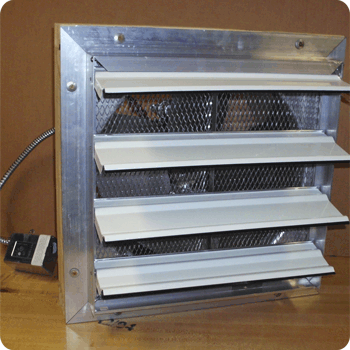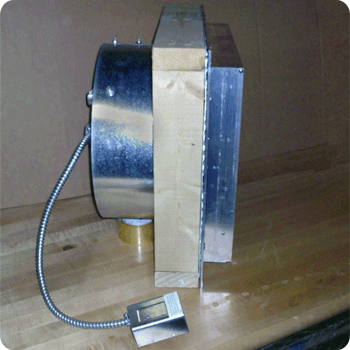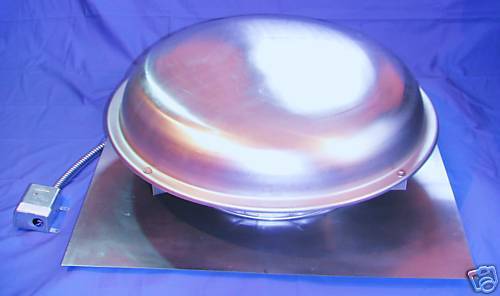Description
Jet Fan Attic Fans gable-wall mounted versions are for homes with hard-to-work-with roofing materials or situations, such as slate, or clay tile, very steep roofs that are hard to work on, or for homeowners who just don’t want to mount anything on their roof. The air moving qualities are generally the same. Jet Fan Attic Fans has two gable versions one with a shutter and one without. Two sizes with shutters are made: jf727g and jf747g. Shutters are a high-quality Dayton brand premium shutters that blow open when the fan comes on and shuts by gravity and/or wind. Shutters are aluminum painted off-white, with stainless steel hinge pivots and mill finish aluminum frame so it will not leave ugly rust stains on your home’s exterior. Strong wind with precipitation is why you would want a shutter to stop rain and snow from blowing into your attic.
Jet Fan Attic Fan gable-wall installation are sometimes a little bit more complex than roof-top installation. Creating an opening in the wall of a brick home or having to cut and reinforce a stud in the attic wall is more difficult or expensive to do. Cutting through siding, trimming and caulk from the outside working high above the ground from a ladder or scaffold can be a little nerve rattling even for professionals. A version without the shutter is available for those who already have an existing large louver vent in the attic wall.
Three versions for the Jet Fan Attic Fan gable-wall fans without shutters are made: jf707gwos, jf727gwos, and the jf747gwos. Your home must already have a wall vent louver that is large enough to allow air through without creating too much back-pressure. Too small of an opening, too fine of a screen mesh work against air-flow and may not be practical. If you have a large enough vent then these gable fans without the shutters can be the easiest to install. Just screw the fans wide sheet metal mounting plate to the wall over the vent and hook-up the power. If the mounting plate does not completely cover the opening you may want to use wood or additional sheet metal to “build-in” the opening a little to stop back-draft and create more cross-flow and air intake from other vents throughout the attic’s eaves, other wall vents, and roof vents.

